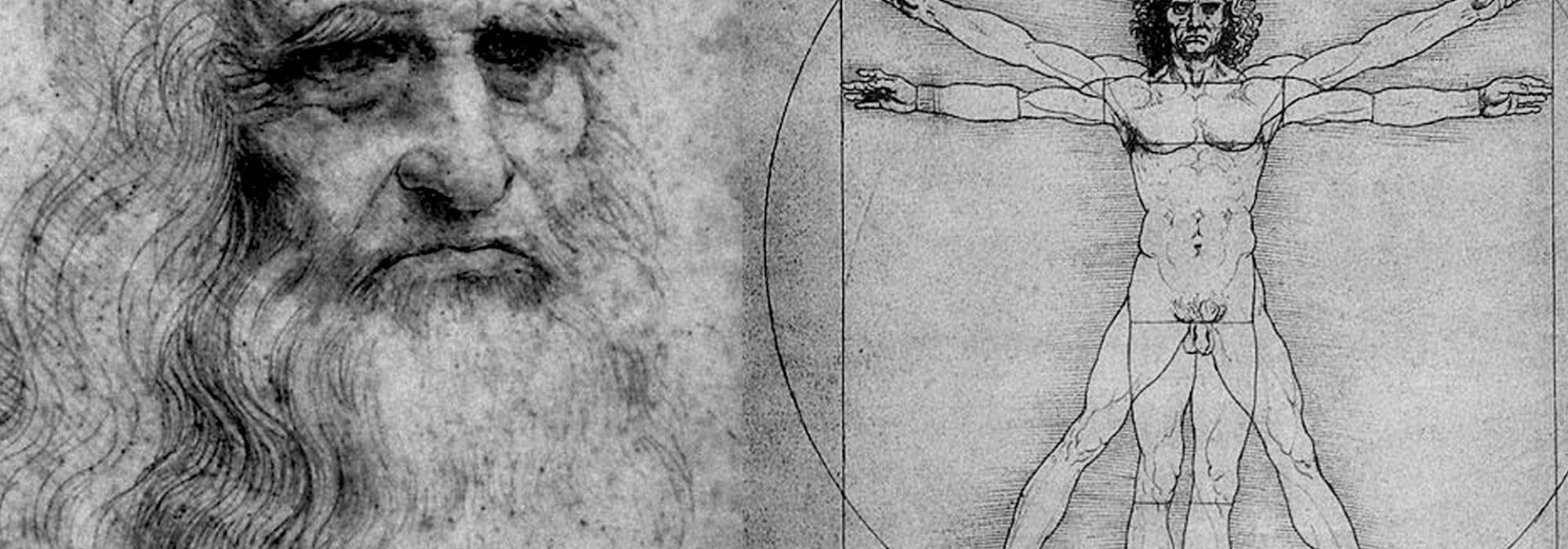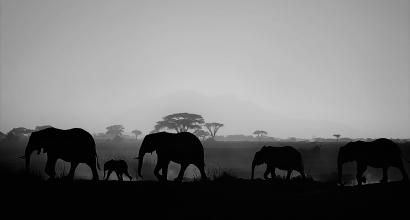Having borne the title of Śatāvadhāni, I’m often referred to as having a ‘computer mind.’ Whether this is done out of affection or ignorance, it causes me a great deal of embarrassment. It’s true that the art of avadhāna is a special one and gaining any level of mastery over it, is remarkable. Perhaps devoid of nuanced understanding based on analysis of its internal and external facets, it is branded as a gigantic memory feat; this is an injustice to the art form. Not just the laity, but even intelligent people known to me have heaped lavish praise on my rather average memory power; I’ve grown tired of saying that it is not so.
I’m quite aware of the strength of my memory and my intelligence. These are just average. Here is the summary of a poem that I wrote about my memory skills: “Why does an aṣṭāvadhāni need a list, just to remember four items? It’s a waste! Saying so to my mother, I had forgotten to get my bag.” When my mother gave me a list of things to bring from the shop, I told her that I don’t need a list and went bare-handed. My mother then had to bring the bag and the oil container – this is what had happened! [This is from an age when people had to take a bag while going shopping; they carried oil containers for refilling]. And to such a person, thousands of people have asked—and continue asking—how to improve their memory skills and about the secret to his memory power. This causes me great amusement and I feel like singing the song by Purandaradasa that goes: “Laughing, I feel like laughing!” In a way, this a kind of ‘doctor’s illness,’ isn’t it?
These days when I see many people worrying about memory and undertaking various exercises to purportedly improve the same, I feel for their ignorance. The market is flooded with stones, tablets, tonics, and concoctions from various schools of medicine such as Ayurveda, Unani, Allopathy, Home remedies, and so forth. Further, Reiki, Magneto-therapy, Meditation, Yoga, Prāṇayāma, and many variants of these are touted as being beneficial for improved memory. In addition, there is an increase in culinary wisdom such as Okra (ladies finger) is beneficial for Mathematical memory, Onions increase memory strength, Brāhmi is the best to target improved memory, Fish increases intelligence, Ghee causes brilliance, etc. Thousands of books, motivational speeches, training courses, and crash course camps are fleecing people of thousands of rupees, with assurances of having methodologies for memory improvement. Memory techniques have become so popular that without consideration to the memory skills possessed by the “teacher,” people have supported such a system; this reminds one of the saying: “Are the people mad or is the market mad?” Looking at such superstition and the resulting harassment and fraud, this effort is to offer a few tips based on my experience.
Good food, rest, medicine, meditation, etc. are all absolutely required for a life of good physical and mental health. However, none of these have any special or distinctive concepts that may decisively and directly help in strengthening or improving memory skills or strength. The Chāndogya-upaniṣad says:
आहारशुद्धौ सत्वशुद्धिः।
सत्वशुद्धौ धृवा स्मृतिः॥
(7.26.2)
“When the food is pure, the mind becomes pure. When the mind is pure, the memory becomes strong.”
Śaṅkara’s commentary on this verse is memorable:
अथेदानीं यथोक्ताया विद्यायाः संयगवभासकारणं मुखावभासकारणस्येव आदर्शस्य विशुद्धिकारणं साधनवदुपदिशयते। आहारशुद्धौ। आह्रियत इत्याहारः शब्दादिविषयज्ञानं भोक्तुर्भोगाय आह्रियते। तस्य विषयोपलब्धिलक्षणस्य विज्ञानस्य शुद्धिराहारशुद्धिः। रागद्वेषमोहदोषैरसंस्पृष्टं विषयविज्ञानमित्यर्थः। तस्यां आहारशुद्धौ सत्यां तद्वतोsन्तःकरणस्य सत्वशुद्धिः नैर्मल्यं भवति। सत्वशुद्धौ च सत्यां यथावगते भुमात्मनि ध्रुवा अविच्छिन्ना स्मृतिः अविस्मरणं भवति।
“What follows is the means of correct cognition of philosophy, just as the purity of a mirror causes correct reflection of the face. Let us consider ‘āhāraśuddhi’ – i.e. the purity of āhāra. The word is explained as ‘āhriyata ityāhāraḥ’ – āhāra is that which is taken in or consumed – the knowledge received from sound, sight, smell, taste, and touch. This āhāra is partaken for the experience of the partaker. Āhāraśuddhi is the purification of the cognition of that which is consumed. When the knowledge of āhāra becomes free from the taint of passion, hatred, and attachment, then the inner nature becomes pure. From this wholesome cleanliness is born a firm memory, an uninterrupted remembrance of the Infinite Self.”
It is by purity of inner nature and by the reducing of likes and dislikes that our grasping power is strengthened; not by mere stones, mantras, medicine, food, yoga, and the like. Progress is extremely slow when one depends upon such external constructs. All the śāstric/scientific discussions about memory and the thought processes of Eastern and Western traditions have been discussed in sufficient detail in the third chapter (pp. 44-69) of my thesis ಕನ್ನಡದಲ್ಲಿ ಅವಧಾನಕಲೆ under the title ಧಾರಣಸ್ವರೂಪ ಮತ್ತು ಸ್ಮ್ರಿತಿವಿವೇಚನೆ. Hence, it is unnecessary to repeat them here. I shall merely try to point out a few items in a summarized form.
As per my understanding, there are no artificial and external means that decisively help in augmenting memory. Not just that, ‘memory power’ isn’t standalone. It is closely enmeshed with all the strands of mind and intelligence, body, sense organs, and lifestyle. It’s next to impossible to strengthen such a complex construct as memory through some technique. Many people think that ‘memory’ is independent from the information that the mind has distilled from experience through logical and rational thought. It would be right to say that memory is a part of the four ‘internals’ – mind, intelligence, consciousness, and self-awareness. It is a construct dependent upon the fitness of the mind and intelligence on one side and the right essence of self-awareness.
When sensory experience is grasped by the mind, processed by the intelligence and dispatched to the consciousness, it gets to be known as memory. Its purpose is culminated when the mind can call back this memory to presence as and when required. Bhaṭṭa-tauta says (in Kāvyakautuka, his work on poetics) that Memory is of the past, Intellect is of the present, and Anticipation is yet to occur (that is, it is of the future).
स्मृतिर्व्यतीतविषया मतिरागामिगोचरा।
बुद्धिस्तात्कालिकी ज्ञेया प्रज्ञा त्रैकालिकी मता॥
It is only ‘consciousness’ that belongs to all three – past, present and future. Unless experience results in knowledge, memory has neither strength nor leads to victory. Recognition is the lifeline of memory. If mere sensory perception may be called ‘cognition,’ seated knowledge would be ‘recognition.’ A similar relationship exists between these words as with ‘search’ and ‘research.’ Recognition may need the support of cognition at times. However, for real memory power, even one’s own experience is also not required. The expression of brilliance is sufficient. And such a power of memory is really useful for all purposes.
This essay, from the anthology ಅಭಿರುಚಿ, was translated by K B S Ramachandra from the original Kannada. Edited by Hari Ravikumar.













































